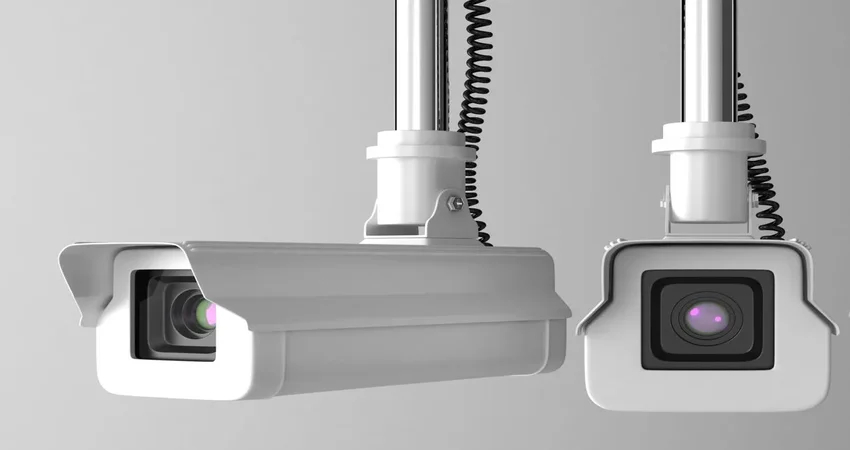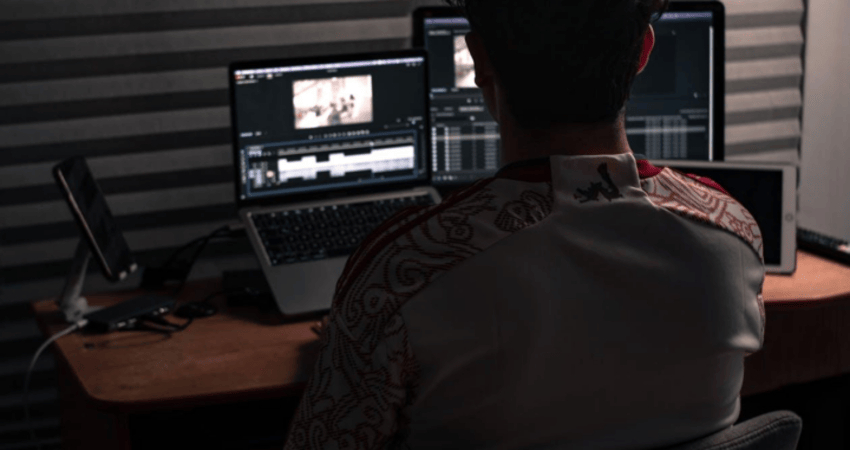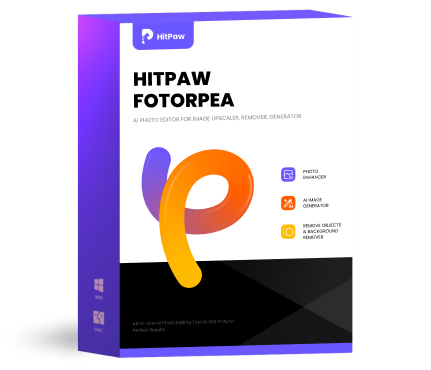Copyright and Authenticity in Video Enhancement for Legal Surveillance Footage
Surveillance footage plays a vital role in legal proceedings, serving as the critical evidence in civil and criminal litigation. Video recordings tend to determine the outcomes in personal injury claims and retail theft cases.
Unfortunately, raw footage is often unclear or of low quality, opening up opportunities for video enhancement technologies like AI-based reconstruction tools and video enhancers.
The article provides an outstanding guide for technical stakeholders, digital forensics analysts, and legal professionals, enabling them to understand best practices, authenticity requirements, and copyright implications while enhancing the surveillance video for legal use.
Part 1: What is The Role of Surveillance Footage in Legal Contexts
1. Evidence in civil and criminal litigation
Surveillance footage is heavily used in criminal cases like assault and robbery, and civil disputes like tenant-landlord disagreements, slip and fall accidents. Familiar sources of civil and criminal litigation include residential cameras, such as those in apartment complexes and doorbell systems, as well as commercial properties like offices, retail shops, and public areas like transportation hubs and parking lots.
2. Challenges with low-quality footage and its admissibility in court
Familiar sources of civil and criminal litigation include residential cameras, such as those in apartment complexes and doorbell systems, as well as commercial properties like offices, retail shops, and public areas like transportation hubs and parking lots.
Part 2: How is the Copyright Ownership of Surveillance Footage
1. Legal principles of authorship and ownership
Copyright is typically held by the owner of the recording device or the entity that maintained and installed the surveillance system.
Case ExampleA property management Company vs a tenant dispute could arise over footage from the hallway cameras. If the company tends to install or own the system, it will retain the copyright, even if the footage involves a tenant.
2. Rights of Footage Owners vs. Rights of Law Enforcement or Litigants
Footage owners have the leverage to retain the right to restrict the sharing and access
Law enforcement could request the footage through warrants or subpoenas. Litigants might obtain a legal order or written permission to use the video
Part 3: What are Risks of Video Enhancement Without Legal Safeguards
1. Enhancement tools and AI-based reconstruction
Popular tools can brighten the dim footage, stabilize the shaky videos, and rely on AI to interpolate missing details. Video enhancer software and AI upscalers that can reconstruct blurry or missing areas will enhance the video quality.
2. Potential Legal Consequences
1. Copyright InfringementDistributing the footage or enhancing the footage without the owner's consent could violate the intellectual property laws.
2. Tampering with EvidenceChanging the faces, timestamps, or license plates could unintentionally or intentionally lead to the evidence being thrown out or legal penalties for obstruction.
Part 4: How to Use Video Enhancer for Legal Surveillance Footage
1. Ownership Considerations
You must identify the original owner of the footage. If necessary, document the ownership and then obtain the rights to enhance, access, or present the material in court.

2. Secure written permission before accessing or enhancing
Regardless of whether you're a forensic analyst, law enforcement investigator, or a defense attorney, you must ensure that you've got the signed release from the footage owner, and having a court-ordered subpoena is also necessary.

3. Avoid redistributing enhanced content without a license
You must not share or send the enhanced videos to third parties, social media, or news outlets without proper authorization. Even if the enhancement has improved the case, unauthorized distribution could expose you to copyright liability.
4. Authenticity Requirements
Enhancements must not distort the core elements like timestamps and faces. You must always document the process, including the software users, time and date of edits, and enhancement parameters. You must keep the enhanced and original versions side by side for the court presentations.
5. Use Tools like Video Enhancer with Transparent, Auditable Logs to Demonstrate Integrity
HitPaw VikPea is a user-friendly and trusted tool that provides professional-grade video enhancement. Apart from offering remarkable AI-based resolution boosting, it also allows you to explore the outstanding noise reduction function.
If the footage you've got contains black and white colors, HitPaw VikPea allows you to apply outstanding colors to the footage to make it visible and clear. Supporting the batch enhancement, HitPaw VikPea enable you to enhance multiple videos simulataneosly and it doesn't leave an annoying watermark in the exported videos.
While enhancing the quality of the video, HitPaw VikPea maintains the overall quality of the videos. Whether you're a newcomer or a professional video editor, the interface of HitPaw VikPea looks effortless.

6. Work with digital forensics experts to validate enhancements
You must collaborate with the digital forensics experts as they will ensure that the enhancement is accurate, no vital details are altered, and the results remain defensible in court. These experts could also testify in court under the Frye standards or the Daubert standard. They will also provide the professional affidavits explaining why the video enhancement was done.
7. Include enhancement metadata in legal filings
You must always submit a metadata report along with the enhanced video to avoid legal challenges. You must include the file hashes of the improved and original versions. Technical specifications like file size, frame rate, and resolution are also included, along with the logs detailing the enhancement steps and software name.
Including video integrity verification notes will also be helpful in avoiding legal challenges.
This metadata tends to prove the original footage wasn't tampered with and the enhancements were not substantive and were cosmetic. The process must meet the judicial scrutiny and forensic scrutiny.

8. Ensure court compliance with local rules of evidence (e.g., Daubert standard in the U.S.)
Each jurisdiction comes up with the rules that will dictate how the digital evidence, including the enhanced videos, can be handled. In the U.S., the Daubert Standard (used in federal and most state courts) requires that the evidence has a known error rate, is tested and peer-reviewed, and is generally accepted in the field. The enhanced video could be subject to expert challenge and testimony.
In Other RegionsSome jurisdictions could follow the Frye standard, requiring the general acceptance, but provide less technical scrutiny. In the EU, GDPR rules could apply the identifiable individuals in surveillance footage.
Security cameras and local privacy laws could limit how the footage might be presented or modified.
Tip: You must always review the evidence rules of the jurisdiction you're operating on and you must consult with a legal expert when uncertain.
In Conclusion
This post presents all the relevant details about the copyright and authenticity in video enhancement for legal surveillance footage. Enhancing surveillance footage for legal use can be a powerful tool, but it is only possible when done in accordance with evidentiary rules, authenticity protocols, and copyright laws.
Tools like HitPaw VikPea enable you to achieve court-admissible and clear footage without compromising legal integrity. If you're a law enforcement officer, forensic technician, or legal expert, you must remember that enhanced footage is only as valuable as the legality and transparency of the enhancement process. You can protect yourself by following the best practices and respecting the rights of all the stakeholders.










 HitPaw Edimakor
HitPaw Edimakor HitPaw FotorPea
HitPaw FotorPea HitPaw Univd (Video Converter)
HitPaw Univd (Video Converter) 



Share this article:
Select the product rating:
Daniel Walker
Editor-in-Chief
This post was written by Editor Daniel Walker whose passion lies in bridging the gap between cutting-edge technology and everyday creativity. The content he created inspires the audience to embrace digital tools confidently.
View all ArticlesLeave a Comment
Create your review for HitPaw articles